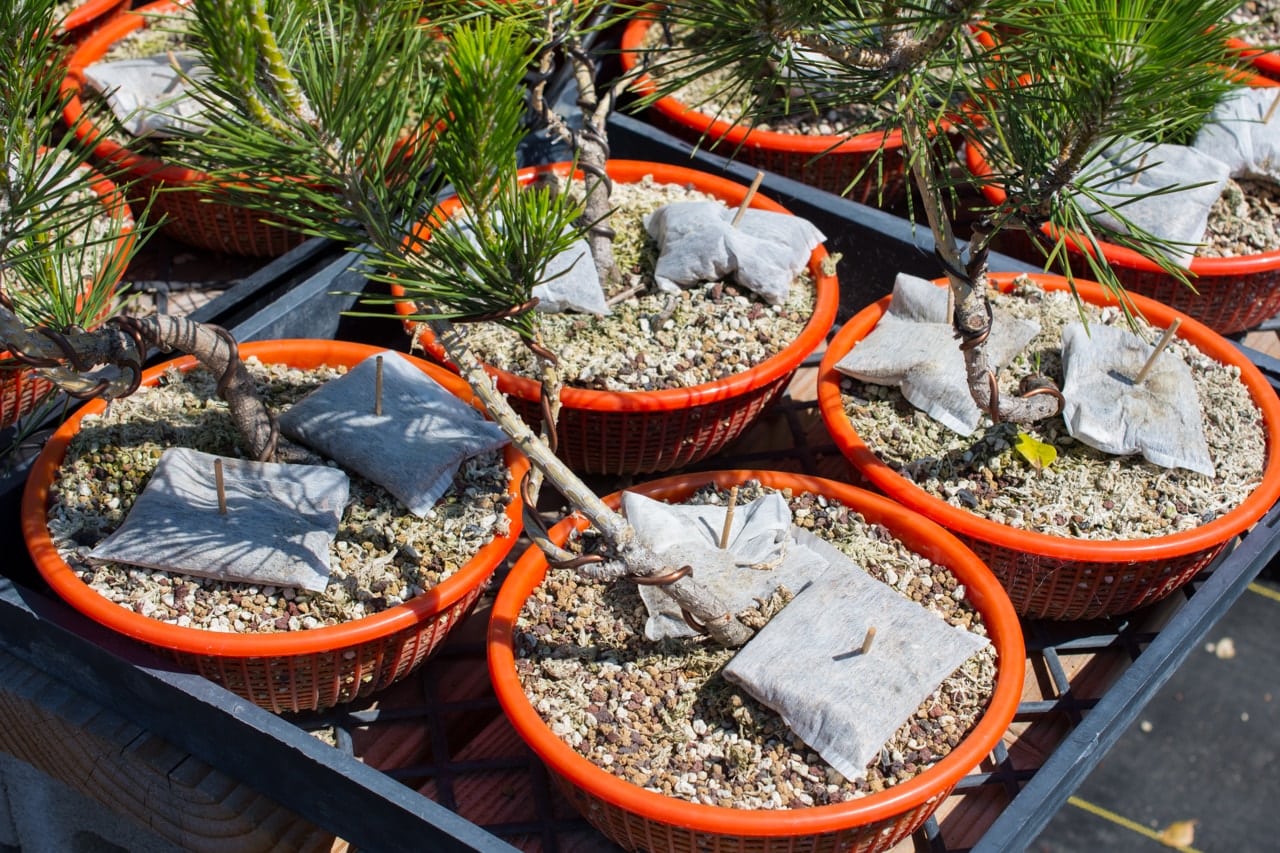
Fertilizers – including those for bonsai – are based on three fundamental elements: nitrogen (N), phosphorus (P), and potassium (K) . Nitrogen helps promote the development of stems and leaves, phosphorus strengthens the roots, and potassium is essential for the growth of flowers and fruit. Different times of the year require different combinations of these three elements.
For example, in spring, when fertilization resumes after the winter break , it is advisable to use a fertilizer with a fairly high nitrogen content , with the following NPK 12:6:6 combination, to stimulate vegetative growth ; In summer – if you decide to fertilize – it is advisable to use a balanced fertilizer, in which all the elements are in the same quantities: NPK 10:10:10. In autumn, however, it is necessary to strengthen the bonsai for winter and, therefore, the recommended composition is as follows: NPK 3:10:10 .
In some cases, however, to encourage the bonsai to flower , it is advisable to increase the potassium component and provide the plant with a combination of this type: NPK 6:6:12 . For older bonsai, however, a fertilizer with a slightly lower quantity of nitrogen is recommended, or – alternatively – a lower dose of fertilizer. To avoid making mistakes in the dosage , we recommend purchasing a specific, ready-made liquid fertilizer and following the instructions on the product packaging.
Generally speaking, therefore, to summarize, for fertilizing bonsai , it is advisable to opt for a liquid product and start supplying it to the plant – as already mentioned above – with the arrival of spring, continuing regularly until the beginning of summer, suspending it in the hottest period of the year and restarting with fertilization only in the month of September , until the plant goes “into hibernation”, interrupting its vegetative cycle.
0 commenti :
Post a Comment